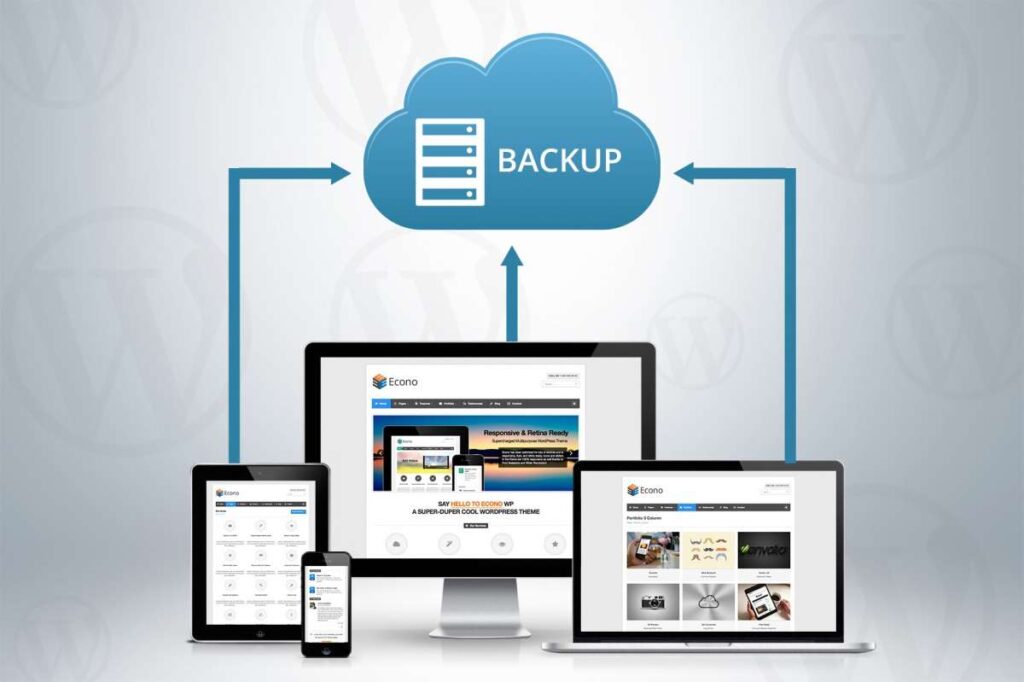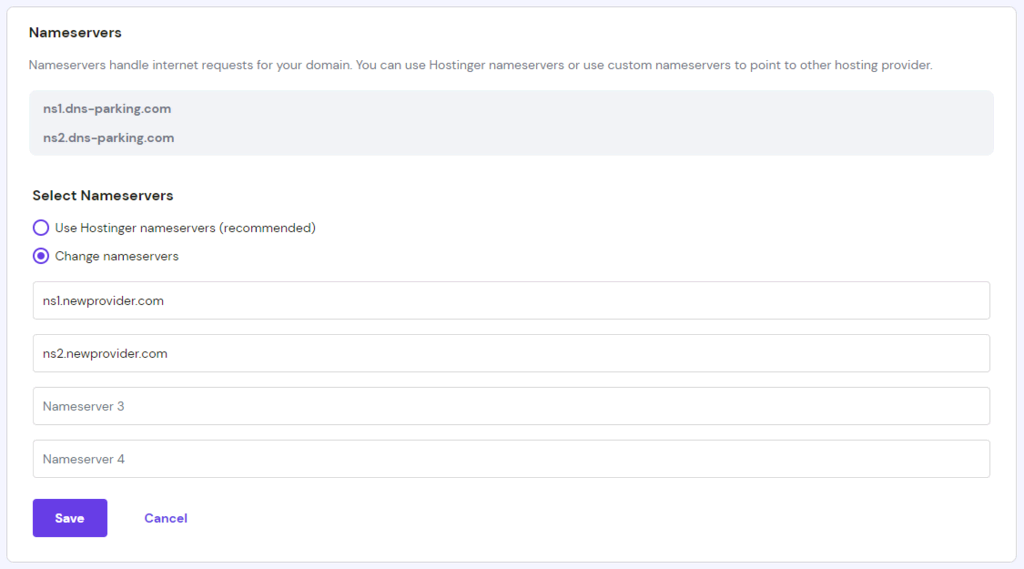How to Migrate Website to New Host: A Step-by-Step Guide
Moving your website to a new host can be a challenging task, but with the right guidance, it can be a smooth and hassle-free process. In this ultimate guide, we will walk you through the steps required to migrate your website seamlessly to a new host.
Whether you are looking to upgrade your hosting provider for better performance, lower costs, or improved customer support, this guide has got you covered. We’ll discuss the crucial pre-migration tasks such as backing up your website, transferring your domain, and ensuring a seamless transition for your visitors.
We’ll also provide you with expert tips on minimizing downtime, preserving your SEO rankings, and troubleshooting any issues that may arise during the migration process. With our step-by-step instructions, you’ll gain the confidence to tackle this often intimidating task with ease. A successful website migration requires careful planning and execution.
Reasons to Migrate Your Website to a New Host
Website migration typically happens when the current hosting provider no longer meets your needs. Here are some common reasons for migrating:
- Performance Issues: If your website is slow or frequently experiences downtime, it may be time to move to a host with better performance.
- Scalability Needs: As your website grows, you might need more resources, such as bandwidth and storage, that your current host can’t provide.
- Customer Support Problems: Poor or unresponsive customer support is a common reason for switching hosts, especially when urgent issues arise.
- Better Features and Security: A new hosting provider may offer enhanced security features, such as SSL certificates, DDoS protection, or automated backups, that your current host lacks.
- Cost Savings: Sometimes, the financial benefits of moving to a more cost-effective host make migration worthwhile.
Common Challenges of Website Migration
Migrating a website can be challenging, especially if you don’t plan carefully. Some common obstacles include:
- Data Loss: Without proper backups, there’s a risk of losing valuable data during the transfer.
- Downtime: If the migration isn’t managed well, your website could experience downtime, leading to lost traffic and revenue.
- Compatibility Issues: Your website might not function correctly on the new host if there are compatibility issues with the software or server configurations.
- Broken Links: After migration, internal links and media files may break if not properly transferred, affecting your site’s functionality.
- SEO Impact: Improper migration can lead to SEO issues, such as loss of rankings or indexing problems with search engines.
Preparing for a Website Migration
Preparation is key to a successful website migration. Here’s how to get started:
- Take Inventory: List all the components of your website, including databases, files, and any applications or plugins.
- Check Compatibility: Ensure that your new hosting provider supports the technologies your website uses, such as PHP versions, databases, and content management systems.
- Notify Users: If your website will experience any downtime during the migration, inform your users in advance to minimize disruption.
- Test Your Backup: Before migrating, create a complete backup of your website’s files and databases, and test the backup to ensure it’s complete and functional.
Choosing the Right Hosting Provider
Choosing the right hosting provider is crucial for a smooth migration. Consider these factors when selecting a new host:
- Performance: Look for a host with fast servers, high uptime guarantees, and strong performance reviews.
- Scalability: Choose a provider that can accommodate your website’s future growth, offering plans that can easily scale as your needs evolve.
- Customer Support: Opt for a host with 24/7 customer support, preferably with multiple contact methods like live chat, phone, and email.
- Security: Ensure the new host offers robust security features, such as regular backups, SSL certificates, and DDoS protection.
- Ease of Migration: Some hosting providers offer free migration services or tools to simplify the process.
Backing Up Your Website’s Data and Files

Backing up your website is one of the most important steps in the migration process. Here’s how to do it:
- Full Website Backup: Use your hosting provider’s backup tools or a third-party plugin to create a full backup of your website, including files, databases, and emails.
- Manual Backup: Alternatively, manually download all files from your server using FTP (File Transfer Protocol) and export your databases using tools like phpMyAdmin.
- Cloud Backup: Consider storing your backup in a cloud service like Google Drive or Dropbox for extra security.
- Verify Backup: After creating the backup, double-check that all essential files and databases are included, and verify that the backup is complete and functional.
Transferring Your Website to the New Host
Once you’ve chosen a new host and backed up your data, it’s time to transfer your website. Follow these steps:
- Upload Files to the New Host: Use FTP to upload your website files to the new hosting server. Most hosts provide FTP credentials in their control panel.
- Import Databases: If your website uses a database (e.g., WordPress), import the database into the new host using tools like phpMyAdmin.
- Configure the Database: Update the configuration files (e.g.,
wp-config.phpfor WordPress) with the new database credentials provided by your new host. - Check Permissions: Ensure that file and folder permissions are correctly set on the new server to avoid issues with functionality.
Testing and Troubleshooting After Migration
Testing your website after migration is essential to ensure everything is working correctly. Here’s how to conduct thorough testing:
- Check Website Functionality: Navigate through your website and ensure all pages, links, and forms are functioning as expected.
- Test Database Connections: If your website relies on a database, make sure all database-driven features (e.g., user logins, content management) work properly.
- Fix Broken Links: Use a link checker tool to identify and fix any broken links that may have occurred during the migration.
- Monitor for Errors: Keep an eye on error logs in your hosting control panel or use website monitoring tools to detect any issues that need to be addressed.
Updating DNS Settings and Domain Propagation

After testing, you’ll need to update your DNS settings to point your domain to the new hosting server. Here’s what to do:
- Update DNS Records: Log in to your domain registrar’s control panel and update the DNS records with the new nameservers provided by your host.
- Wait for Propagation: DNS changes can take anywhere from a few hours to 48 hours to propagate fully. During this time, your website may be accessible from both the old and new hosts.
- Verify Propagation: Use online tools like DNS Checker to verify that your domain is pointing to the new host.
Post-Migration Tasks and Best Practices
Once the migration is complete, there are a few final tasks and best practices to follow:
- Monitor Performance: Keep an eye on your website’s performance, speed, and uptime over the next few days to ensure everything is running smoothly.
- Update Configurations: Review your website’s configurations, such as caching and security settings, to optimize performance on the new server.
- SEO Check: Ensure that your SEO settings, such as sitemaps, robots.txt, and canonical tags, are correctly configured on the new host to avoid any ranking drops.
- Backup Routine: Set up a regular backup routine with your new hosting provider to safeguard your website data going forward.
- Inform Users: Notify your users that the migration is complete, and encourage them to report any issues they encounter.
Migrating your website to a new host can be a complex process, but with careful planning and execution, it can be a smooth transition. By following these steps, you can minimize downtime, avoid data loss, and ensure that your website continues to perform well on its new hosting platform.







